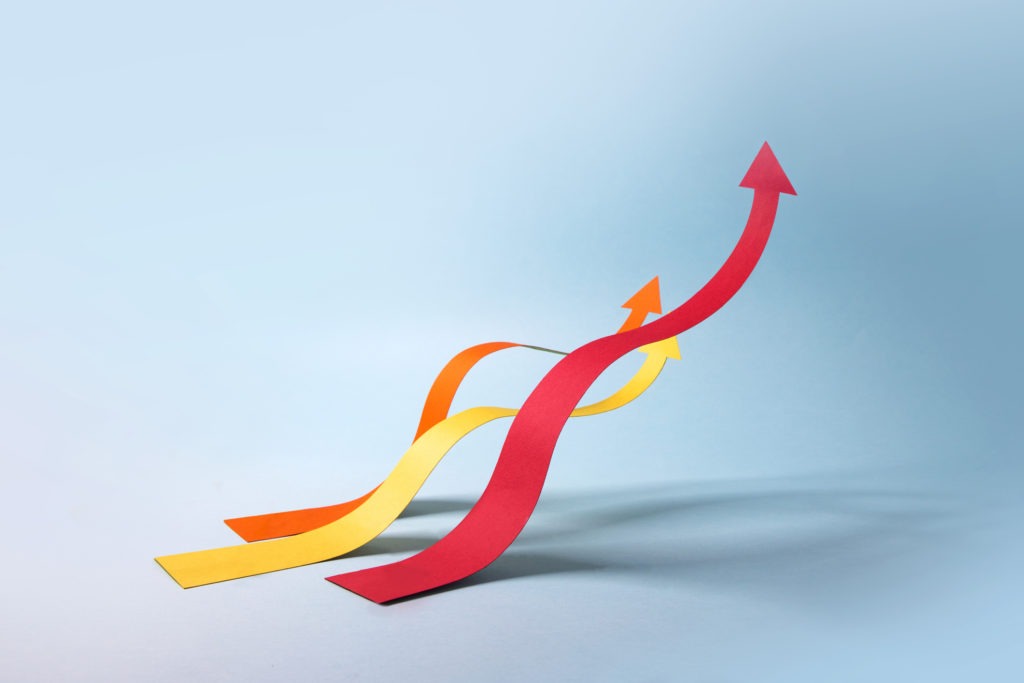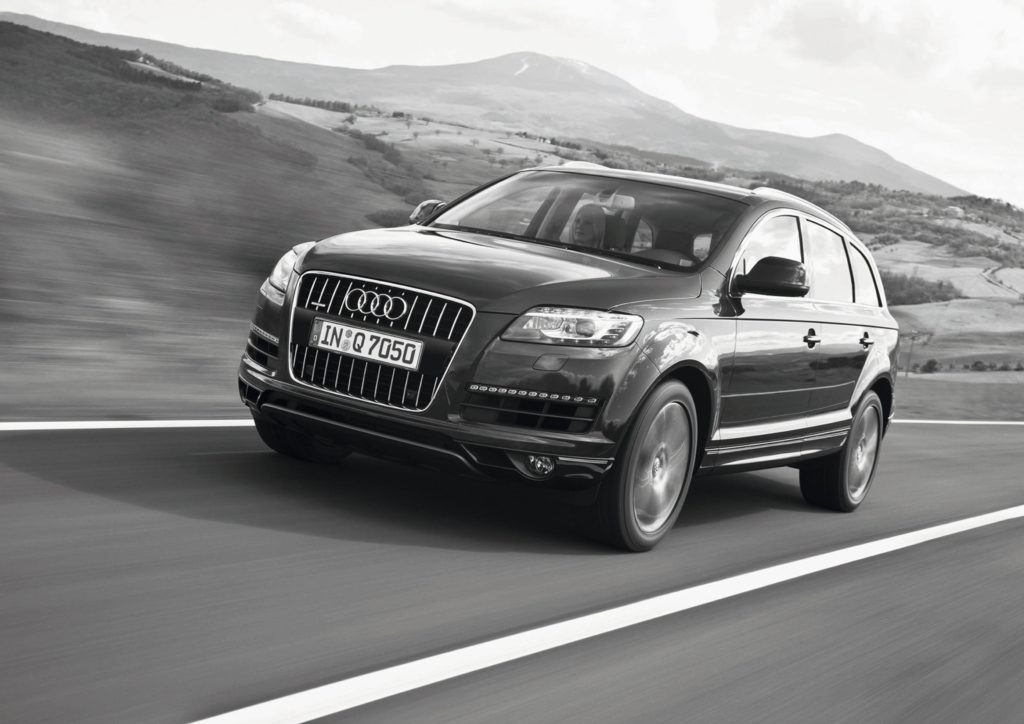Key EU new-car markets end 2021 with mixed fortunes
05 January 2022

Autovista24 senior data journalist Neil King discusses how tax changes, rising COVID-19 cases, especially of the new Omicron variant, and ongoing supply issues impacted new-car registrations in key EU markets in December.
New-car registrations in France, Italy, and Spain all endured double-digit declines in December, compared to 2019, but their performance was divergent. There was a year-end surge in Spain ahead of a rise in vehicle-registration taxes, stability in France, and deterioration in Italy compared to November. The shortage of semiconductors continues to curtail registrations, but a new wave of COVID-19 cases and uncertainty surrounding the severity of the Omicron variant is impacting underlying demand too.
As registrations across Europe endured troughs because of COVID-19 lockdowns and peaks as pent-up demand was released, year-on-year comparisons with 2020 are incredibly volatile. Therefore, this article focuses on the latest developments compared to 2019, which better represent the true performance of new-car markets.
France stabilises
According to data released by Plateforme Automobile (PFA), the French automotive-industry body, 158,121 new cars were registered in the country in December, exactly in line with Autovista24 expectations. This is 15% lower than the average of 186,000 new cars registered in the month between 2010 and 2019. Compared to two years ago, the market contracted by 25.1%, marking an improvement on the 29.4% decline in November. However, there were two additional workings days in December, and only one more in November, than in 2019. On an adjusted basis, Autovista24 calculates that the market fell by 31.6% last month, representing stability after the adjusted 32.9% contraction in November.
In addition to the semiconductor shortage, rising COVID-19 cases and concerns about the Omicron variant, the reduction in French incentives for electrically-chargeable vehicles (EVs) since 1 July has also impacted demand. Consequently, registrations in 2021 were 25.1% lower than in 2019.
The reduction of EV incentives stabilised growth in the market shares of both plug-in hybrids (PHEVs) and battery-electric vehicles (BEVs), which were at 8.5% and 9.8% in 2021, respectively. Nevertheless, these were significant gains compared to the 4.5% and 6.7% shares achieved in 2020. A further planned €1,000 reduction applied to incentives from 1 January 2022 has been postponed, with the subsidies remaining in place until the end of June 2022. The lower incentives will come into effect from 1 July 2022.
Given the latest developments, Autovista24 has downgraded its forecast for 2022 from 8% to 7.5% growth, to 1.78 million units. This is about 20% lower than the volume of cars registered in pre-crisis 2019, although the market is forecast to expand by a further 10% year-on-year in 2023.
Year-end deterioration in Italy
Industry association ANFIA reports that 86,679 new cars were registered in Italy last month. Compared to December 2019, the market contracted by 38.3%, following a 30.8% fall in November. Moreover, as in France, there were two more working days in December, and only one more in November, than two years ago. On an adjusted basis, Autovista24 calculates that the market plummeted by 43.9%, marking a severe deterioration from the adjusted 34.1% contraction in November.
The Ecobonus incentives were resurrected on 27 October but funding for BEVs and PHEVs ran out after a single day and were exhausted for low-emissions vehicles on 3 November. In conjunction with supply constraints, rising raw-material costs, surging energy prices and the resurgence of COVID-19, the lack of stimulus took its toll on the Italian market. Full-year 2021 closed with less than 1.46 million new cars registered, which was 5.5% up year on year but 23.9% down on the pre-pandemic level of 2019.
‘Unfortunately, inexplicably, the 2022 Budget Law approved on 30 December does not provide for any multi-year incentive measure for the purchase of zero and very low-emission cars or other measures to support the gradual recovery of the sector and, above all, the ecological and energy transition it is facing,’ commented Paolo Scudieri, president of ANFIA.
‘Taking into account the big loss of sales in 2021, you can easily imagine the huge disappointment of the entire car industry,’ added Marco Pasquetti, forecast and data specialist, Autovista Group Italy.
Lack of stimulus and supply improvement in 2022
With no incentives or quick improvement in vehicle supply in the pipeline, Autovista24 has reduced its forecast for 2022 down to 1.55 million units, equating to year-on-year growth of 6.5%. At this level, the market will be 19% smaller than in 2019.
‘With regard to the 2022 outlook for raw materials, if the situation for steel is likely to improve over the next few months, microchips will have to wait until at least 2023. Also on the logistics front, we will not see a return to normal so quickly,’ said Scudieri.
Recovery in the longer term depends on the direction of COVID-19 and whether purchase incentives are ultimately reintroduced. The Italian market is currently forecast to grow 9.5% year on year in 2023, to 1.7 million registrations, which is 11% lower than in 2019.
‘To date, we [Italy] are the only major European country that does not have an incentive plan for the diffusion of new technologies as a function of the modernisation of the fleet in circulation. Furthermore, the absence of a transition plan will have a heavy social impact on the sector, putting more than 70,000 jobs in our country at risk,’ Scudieri concluded.
Positive end to 2021 in Spain
A total of 86,081 new cars were registered in Spain during December, according to ANFAC, the Spanish vehicle manufacturers’ association. This is the lowest tally for the month since 2014 and equates to a market contraction of 18.7% compared to two years ago. This represents an improvement on the 37.2% downturn in November. There was one extra working day in both November and December, compared to the respective months in 2019. On an adjusted basis, the downturn was 22.7% last month, improving on the adjusted 32.1% decline in November.
This year-end positivity was expected as order intake has remained healthy, despite the delivery delays, ahead of the rise in the vehicle-registration tax from 1 January 2022. Almost 860,000 new cars were registered in 2021, equating to year-on-year growth of 1%. However, this followed a dramatic 32.4% contraction in 2020 and the market finished 2021 down 31.7% on 2019.
‘The lack of microchips has caused the market to close practically in line with the previous year, when the pandemic caused registrations to fall back to 2014 levels, taking us back to the figures of the economic crisis of that time. Everything suggests that the shortage of semiconductors will continue during this new year, to which we will also add the effects of the lack of political will to neutralise the increase in registration tax; a scenario that makes us trust the recovery to 2023,’ commented Tania Puche, communications director of the automotive association GANVAM.
Uncertainty clouds forecast
Given the pull-forward effect and negative impact of the registration-tax rise, the resurgence of COVID-19, and the ongoing economic and supply issues, Autovista24 has revised its forecast for 2022 down to below 920,000 units, equating to year-on-year growth of 7%.
This aligns with the view of Raúl Morales, communications director of the dealer association Faconauto. ‘We handle two scenarios: an optimistic one, in which around 970,000 units would be registered, which would mean a 13% growth in registrations, and a pessimistic one in which just over 900,000 units would be registered,’ he said.
‘From the current uncertainty, these scenarios will depend above all on the evolution of the pandemic and, in market terms, on how the microchip crisis continues to affect sales and how many will be reduced by the increase in the registration tax,’ Morales concluded.
Looking ahead to 2023, Autovista24 forecasts that the Spanish new-car market will grow by 9%, breaking the one-million barrier again.



